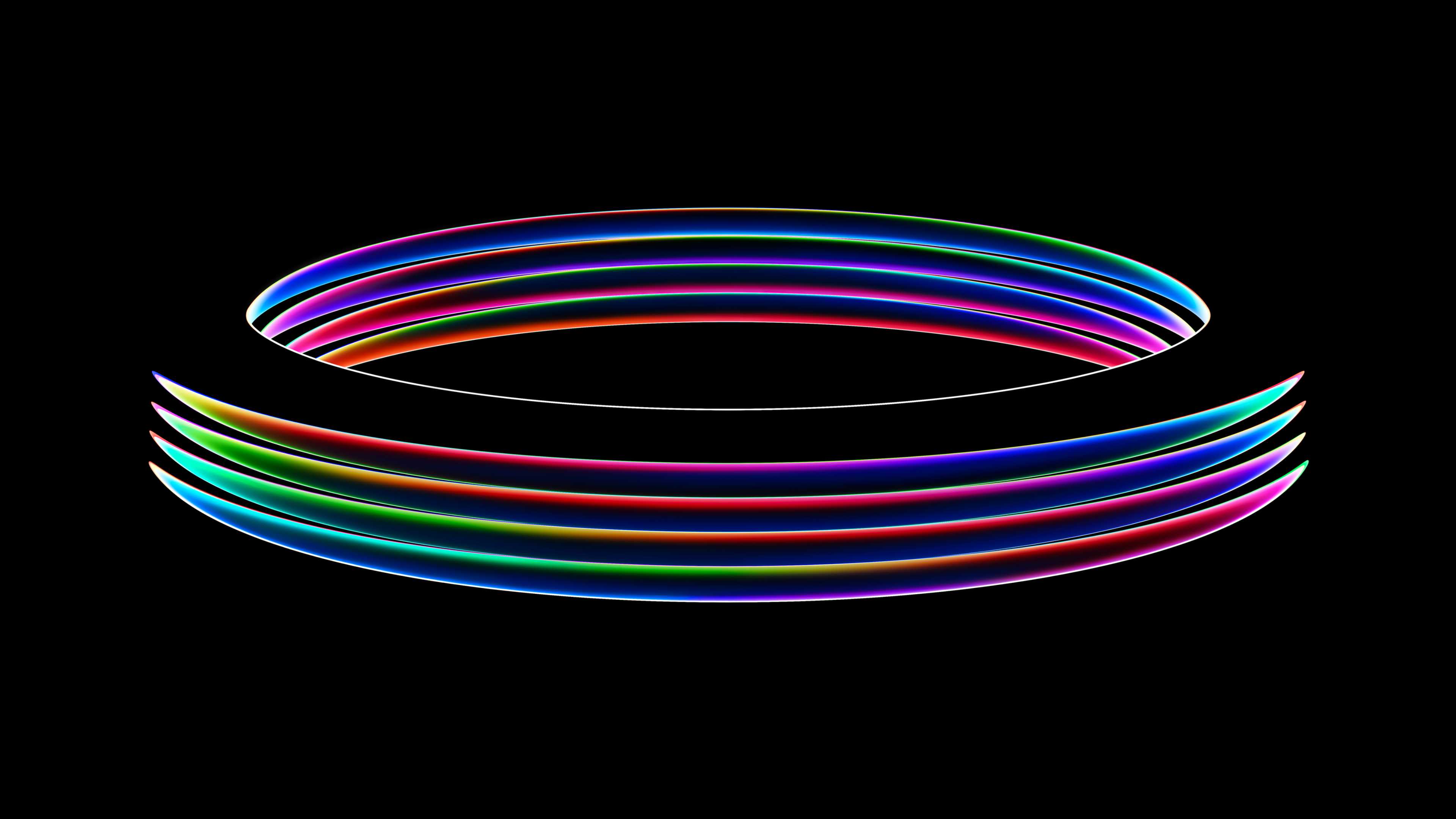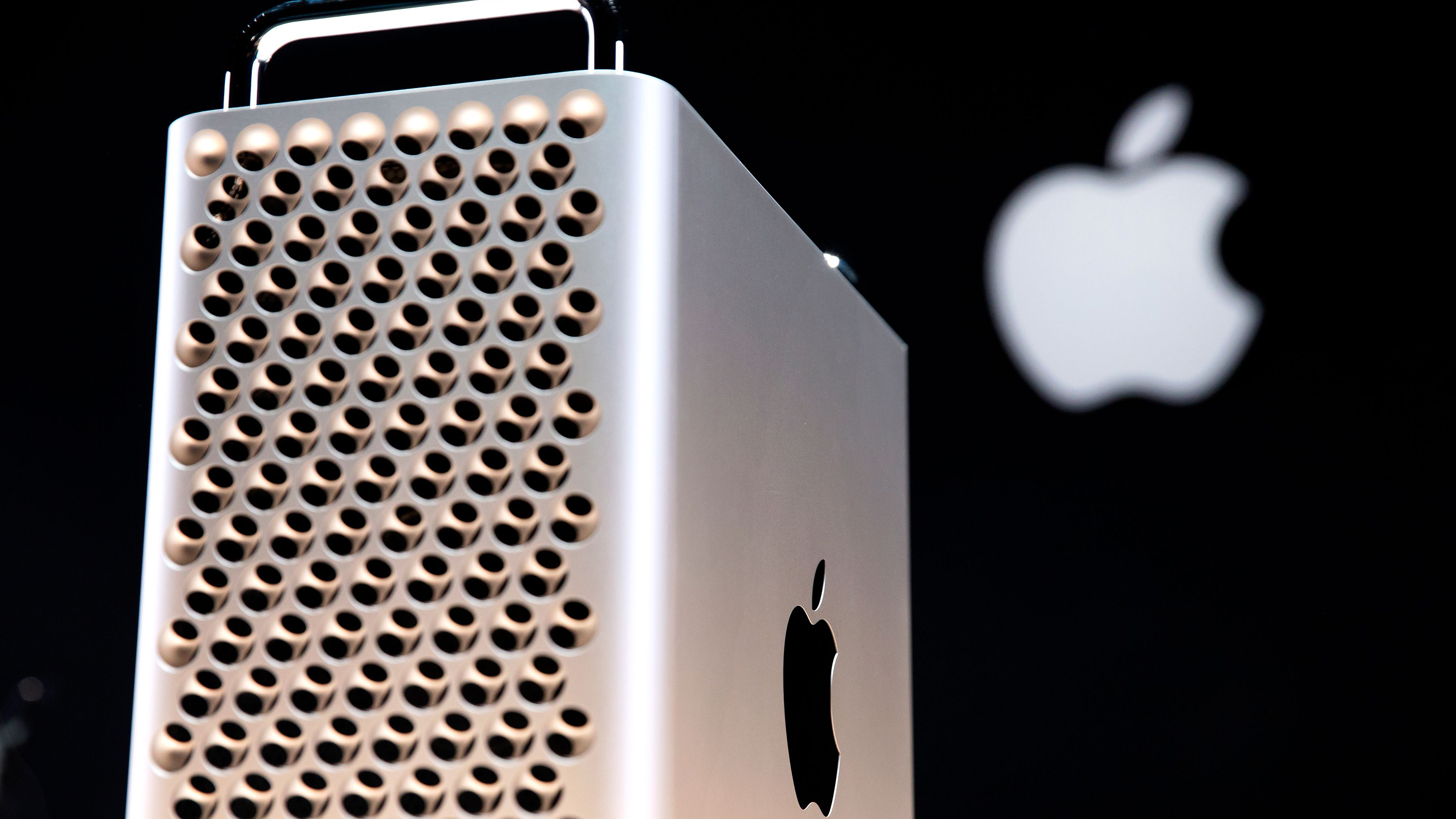Apple reveals the full schedule for WWDC 2023 – here's what to expect
Could we see a Mac Pro and VR headset at WWDC 2023?

Apple has released a timetable for WWDC 2023, giving us an idea of when it’ll reveal the next iteration of its operating systems and some hotly anticipated tech – such as the Apple VR headset and Mac Pro (2023).
According to the schedule, WWDC will kick off on June 5, 2023, at 10am PT (1pm ET / 6pm BST / June 6, 3am ACT) with a Keynote presentation. If it follows the trend of previous years, this will be when Apple makes its big announcements before giving attendees the chance to test out the new hardware and software later that day and into the week. Here's how to watch Apple's WWDC 2023 keynote.
After a lunch break, Apple will return to provide its 2023 Platforms State of the Union. This presentation will offer potential developers a more in-depth look at the tools and technology that Apple’s platforms have at their disposal – and will unleash in the not-too-distant future.
If you’re excited to see what Apple announces at WWDC this year be sure to return to TechRadar on June 5 for our coverage of all the latest announcements. But what exactly are we expecting to see? Here's a quick reminder.
What do we expect to see at WWDC 2023?
Apple usually takes time at WWDC to detail its upcoming operating systems – the software backbone for its products such as iOS, macOS and iPadOS. As such, we expect we’ll get a glimpse at the new features coming in iOS 17 and macOS 14.
As for hardware, we expect new Macs and maybe its Apple VR headset will be the stars of the show.

Firstly, we think that a new Mac Pro is on the cards – we thought we’d see one last year but it didn’t materialize. A new entry in Apple’s industry-grade workstation line is a good fit for WWDC as it gives developers a chance to check out the hardware they might want to work with – both in creating their own apps and designing with the hardware in mind.
Sign up for breaking news, reviews, opinion, top tech deals, and more.
What’s more, it's the final major Apple Mac product that hasn’t made the leap over to Apple’s in-house chips (the M1, M2, and other chips it’s been using recently); a new model would likely finally see Apple cut ties with Intel.
Secondly, speaking of the M2 chipset, we imagine Apple will want to unleash the Mac Pro (2023) with an ultra-powerful processor – so we’re expecting it to launch an M2 Ultra. The M1 had regular, Pro, Max, and Ultra versions, so we expect the M2 will follow suit, and currently, it’s missing the Ultra from its lineup.

We don’t yet know what it’s capable of, but if the M2 Ultra is anything like the M1 equivalent it’ll perform like two M2 Max chips strapped together. That said it might need to be even more powerful than that, as we’re not 100% convinced that this vision of the M2 Ultra would be industry-machine worthy.
Thirdly, we’re anticipating the debut of Apple’s VR headset (rumored to be called the Apple Reality Pro). If the leaks are true this pair of VR goggles will be very well specced out for a VR gadget – containing 12 cameras and two separate processors – though it’ll likely cost you an arm and a leg. For comparison, the Meta Quest Pro – Meta’s most powerful VR headset – has just one processor and five cameras.
We’re expecting WWDC 2023 will have a few other surprises as well, but we’ll have to wait and see what Apple unveils during its June 5 keynote.

Hamish is a Senior Staff Writer for TechRadar and you’ll see his name appearing on articles across nearly every topic on the site from smart home deals to speaker reviews to graphics card news and everything in between. He uses his broad range of knowledge to help explain the latest gadgets and if they’re a must-buy or a fad fueled by hype. Though his specialty is writing about everything going on in the world of virtual reality and augmented reality.